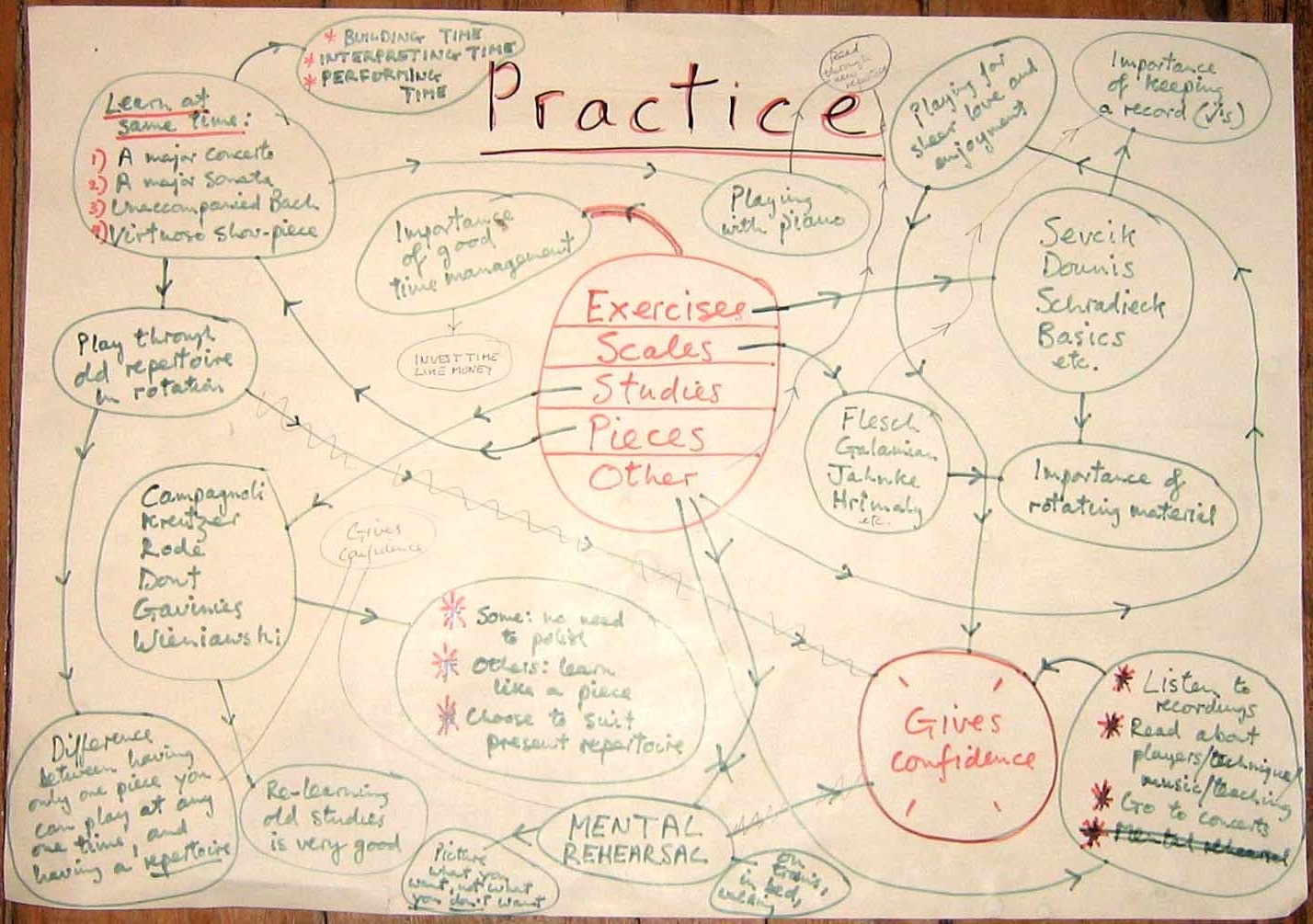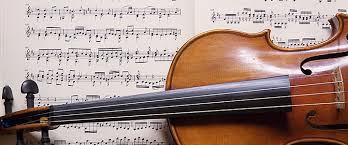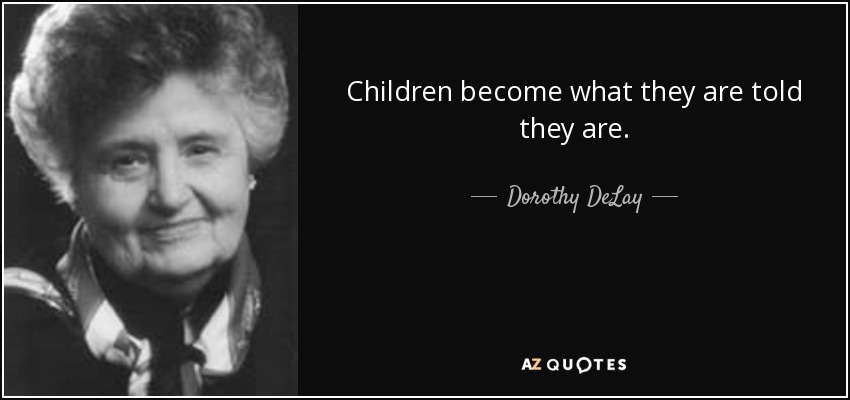
Stage two: The main phase of practice
The main phase of practice
Once the warm-up is completed, we come to the phase of practicing where we work on technical exercises and/or repertoire. I will call this phase "the main phase of practice". Unlike warm-up, which usually consists of a routine of specific and predetermined exercises, in the main phase of practicing the material we need to practise changes almost daily. There are so many things someone can focus on when learning from scratch or when revisiting a musical work so without good planning it is very likely that one can get lost in the endless choices of what to practice. In order to avoid such a situation, it is important to set specific goals for every practice session. My suggestion is that you should write on your practice journal or on a piece of paper what you want to practice, for what reason and how you want to practise it. On which phrases or sections of a piece do you want to focus? Why do you want to practise these particular ones? Do you want to focus on technique, on intonation or on rhythm? In the process of organizing your daily practice, I suggest that your practice is guided by the four building blocks of good string playing as these have been outlined by Simon Fischer (2012):
- Intonation: Focus on playing perfectly in tune as well as on every technical element that supports good intonation like the position of the left hand, the pressure of the fingers on the strings and the coordination between the two hands.
- Sound: Focus on producing an even sound - a sound that is undisturbed by changes of string, bow, position or finger. A sound that is aligned with your mental image of the desired sound.
- Rhythm: The rhythm should be even, undisturbed by changes of string, bow, position or finger.
- Ease: You should reach a point when you achieve a high standard performance in the previous three elements without excessive physical or mental effort.
When you start learning a new piece your practice goals can be generic. Gradually, as you delve deeper into the piece and you focus on its details, your practice goals can become more specific. It is also very important to make a list of your practice goals and to rank them according to their priority in terms of supporting your playing. You should always ask yourself the question "Which practice goal, when accomplished, will have the most positive impact on my playing (long-term perspective) and the work I currently practice (short-term perspective)?" Stick to your list – when each practice goal is achieved then move on to the next one on the list. I advise that you start your practicing with the most difficult issues first because these are the most time-consuming. What is more, you are more likely to have concentration at the beginning of your practicing than towards the end.
Although organising one’s practice might sound tough, I assure you that it saves a lot of time and your overall practice will be more efficient. Just spare a few minutes thinking about your practice goals and write them down. Of course, a number of unexpected issues might occur during practicing, so be prepared to be flexible and to alter the list of goals if this is necessary. For example, on a practice session you may have planned to play a movement of a sonata with the intention to focus on phrasing. Then you realize that some passages are not as clear as you initially believed or that intonation is unstable. In that case do not hesitate to change your practice goals so that you fix these problems before you move on to phrasing.
The goals you set for a specific practice session should be connected to a broader plan of long-term goals. These goals should outline what you want to achieve in the next six to twelve months. If you are a student, you should develop a long-term goals’ plan with your teacher. If you are a professional musician, you can ask the opinion of a colleague you trust.
Managing your energy
When we practise a piece that we like it is possible that we lose the sense of time and play without a break for long periods of time. This can result in gradual lack of concentration, fatigue or even muscle injuries. Therefore, it is necessary to take regular breaks during practicing, ideally a five to ten-minute break after every forty to forty-five minutes of playing. This helps your body and mind to relax. During these breaks I would suggest that you do some stretching or breathing exercises or whatever relaxes you or renews your concentration. Furthermore, it would be a good idea to avoid checking your mobile phone or tablet during break time because a ten-minute break can easily become a twenty-minute break! Besides, don’t forget that the break is part of practicing.
The next article is about what you need to do after completing the main phase of the practice.
See you soon!




